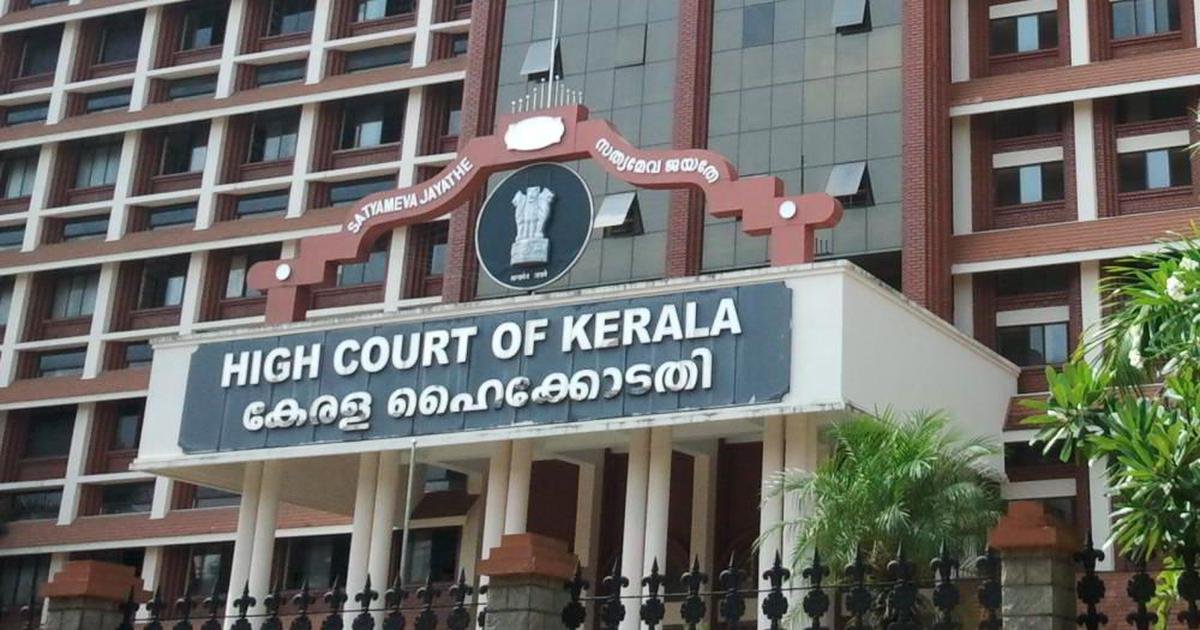The Kerala High Court has made it clear that a Tahsildar cannot override orders passed by a Chief Judicial Magistrate (CJM) under the Securitization and Reconstruction of Financial Assets and Enforcement of Security Interest Act (SARFAESI Act), specifically Section 14.
Here are the key points from the court’s ruling:
Limited Role of Magistrate: The CJM’s function under Section 14 is considered ministerial and administrative, aimed at assisting secured creditors in taking possession of secured assets.
No Adjudication: The CJM’s inquiry doesn’t involve adjudicating inter se rights of parties; it’s focused on verifying affidavits and documents.
Application of Mind Required: Despite the ministerial nature, the CJM must apply their mind to averments in the application and ensure procedural compliance.
Printed Format Orders Criticized: The court deprecated the practice of passing orders in printed formats without adequate scrutiny.
Drastic Consequences: Given the significant consequences of Section 14 actions, Parliament conferred this power on high officials like CJMs and District Magistrates.
Debts Recovery Tribunal (DRT) Oversight: Orders can be challenged before the DRT, with further appeal options under Sections 17 and 18 of the SARFAESI Act.
Administrative vs Quasi-Judicial: While the process is administrative, it demands a judicious approach considering relevant facts.
Implications-
Secured creditors rely on CJM orders for asset possession under SARFAESI.
Tahsildars lack authority to override CJM decisions in this context.
Courts emphasize procedural propriety and application of mind in SARFAESI proceedings.
The Kerala High Court has ruled that a Tahsildar lacks the authority to override orders passed by a Chief Judicial Magistrate (CJM) under Section 14 of the Securitization and Reconstruction of Financial Assets and Enforcement of Security Interest Act (SARFAESI Act). This judgment underscores that the CJM’s role in granting possession under SARFAESI is ministerial and administrative, aimed at assisting secured creditors. The court emphasized that any administrative interference by a Tahsildar with CJM orders is ultra vires and cannot be countenanced. The ruling highlights the hierarchy between judicial orders and administrative actions, protecting SARFAESI proceedings from collateral attacks. Importantly, disputes over property identification remain civil matters, not resolvable through SARFAESI enforcement. The court also deprecated the practice of passing orders in printed formats without adequate scrutiny, stressing that CJMs must apply their mind to procedural compliance despite the ministerial nature of their function.

